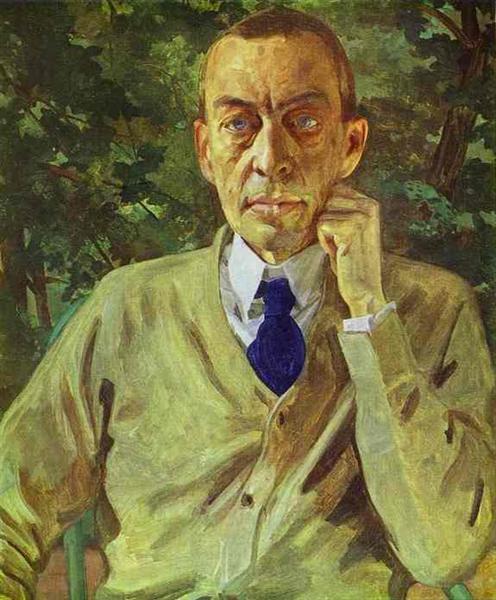sonatas, continued (Rachmannov – “Rhapsody on a Theme of Paganini”)
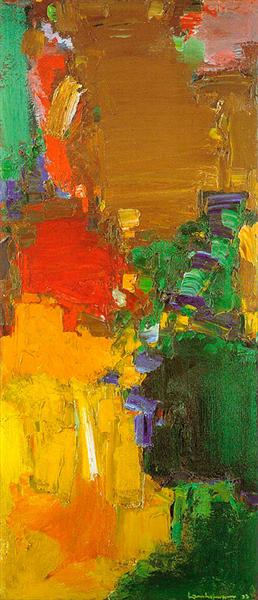
“Rhapsody“ (1958)

“Rhapsody“ (1958)

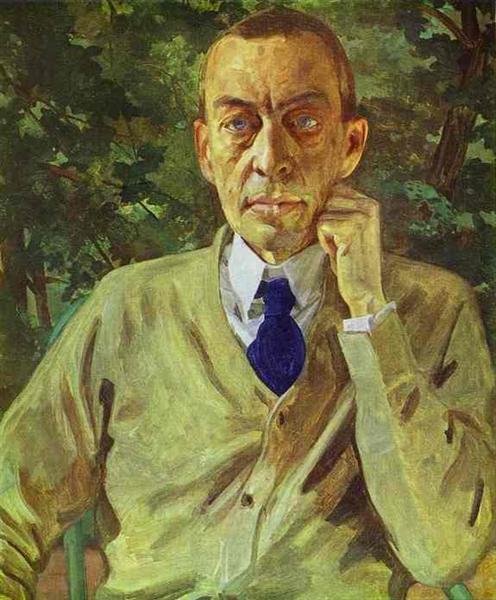
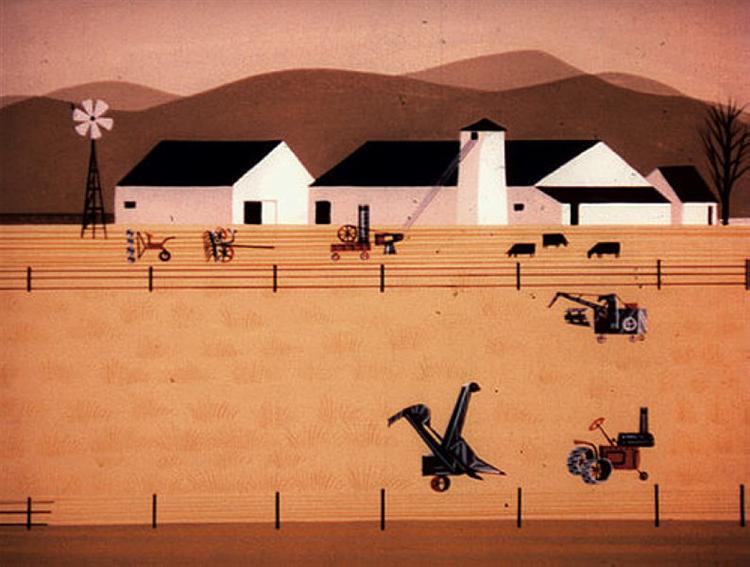
“Rhapsody of Steel“ (1959)
________
so what’s a rhapsody

“Rhapsody“ (1958)
come and gone, but not forgotten
what’s a rhapsody
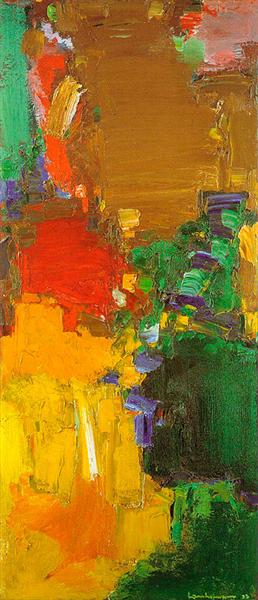
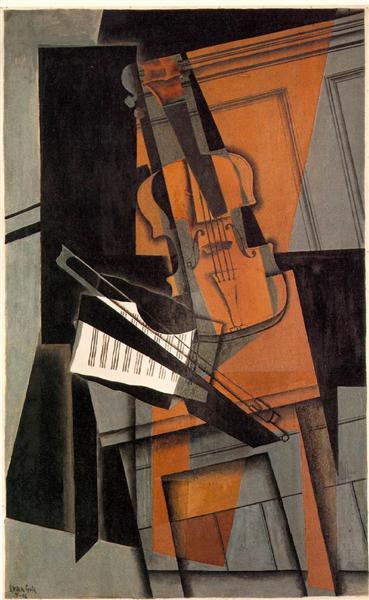
“The Violin“ (1916)
_____
if I was able to bring up a list of
ten top Romantic piano concertos
throughout the 19th Century earlier,
I can number of violin concertos
only three essential ones, with,
however, two other significant
such compositions, which remain,
for one reason or another,
peripheral, secondary
more about which later
but the exalted three are situated
conveniently, the first, at the very
beginning of the Romantic Era,
Beethoven’s magisterial, even
extraordinary, Opus 61 in D major,
1806, and close doubly with the
two others, Tchaikovsky’s
resplendent work, words cannot
do it justice, and Brahms’ no less
transcendental one, at its very end,
1878, none are negligible, it’d be
like missing the Eiffel Tower while
in Paris, skipping the pyramids
along the Nile, they are part of our
cultural consciousness, it would
be an utter shame to pass them
by, they are our glory, our
magnificent heritage
it should be noted that the
concerto, be it for violin, piano,
cello, what have you, a soloist
in concert with an array of
instruments, is the perfect allegory
for the Romantic Era, an individual
in contention with a community,
under the influence of a conductor,
a mayor, a mentor, a polity, the
individuality afforded by the
proclamation of human rights in
the aftermath of the French
Revolution, and its social
consequences, musically
manifested
the match might be fraught,
should be, though with
compromise, considerate
accommodation, fruitful,
hopefully even transcendental,
if not at least entertaining,
cooperation, music seems to
infer eventual concord,
congress, harmony, a way out
of, even dire, distress, or at
least point the way toward it
concertos die out, incidentally, in
the 20th Century, you don’t hear
of very many, if any at all, after
Rachmaninoff, they are gone,
much like later, in the 1950s, the
waltz, forever, with the wind
may they rest in peace
R ! chard
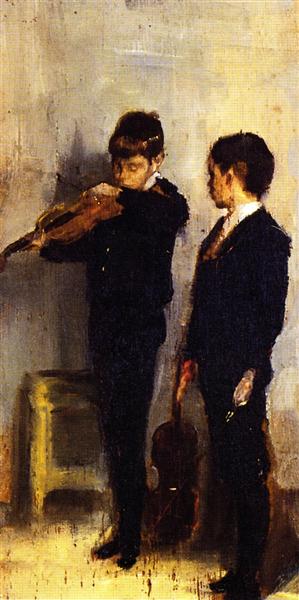
“The Violin Lesson“ (1889)
_______
to juxtapose two things for consideration,
to my mind, is the best way to sharpen
both one’s aesthetic and, therefore,
spiritual personality, here, thus, are
two contemporaneous, essentially,
violin concertos, concerti, if you like,
Paganini’s 5th, 1830, Beethoven’s
Only, 1806
let me point out that the Classical Era
is over at this point, this isn’t music
for the courts any longer, but music
as spectacle, you can hear it, it’s like
moving from Frank Sinatra‘s
nightclubs to David Bowie’s stadiums
noteworthy about these two pieces is
that the structure in each is identical,
the same lengthy introduction in the
first movement, followed by an
articulate, and eventually mesmerizing,
elaboration on the initial melody by
the soloist, with divergent, however,
intentions, Paganini starts with a
fanfare, promises histrionics, delivers
fireworks, Beethoven begins with
portent, goes instead for drama,
which is to say, your heart, as well
both their second and third movements
are essentially, then, indistinguishable
conceptually, their last movement in
either is even a rondo
the challenge in the Paganini is physical,
the glory is in the player’s technical
prowess
with Beethoven the requirements are
both physical and emotional, he
punches for the heart, which the
player must, therefore, with equally
astounding panache, incidentally,
also conquer
style, in other words, over substance,
substance over style, which is to say
“The Phantom of the Opera“, for
instance, or Cirque du Soleil,
Rachmaninov, maybe, versus
Liberace, you are the judge
history has sided, however, with
substance, Beethoven’s Violin
Concerto is everywhere, it isn’t at
all easy, conversely, to come up
with any of Paganini’s, despite
their incontestable magnificence
maybe it’s time for a Paganini
revival, they did that several years
ago for the inimitable Rossini, an
effervescent light in an otherwise
mostly dour 19th Century, listen,
with counts and countesses here
in attendance, at very, can you
believe it, Versailles, wow
R ! chard
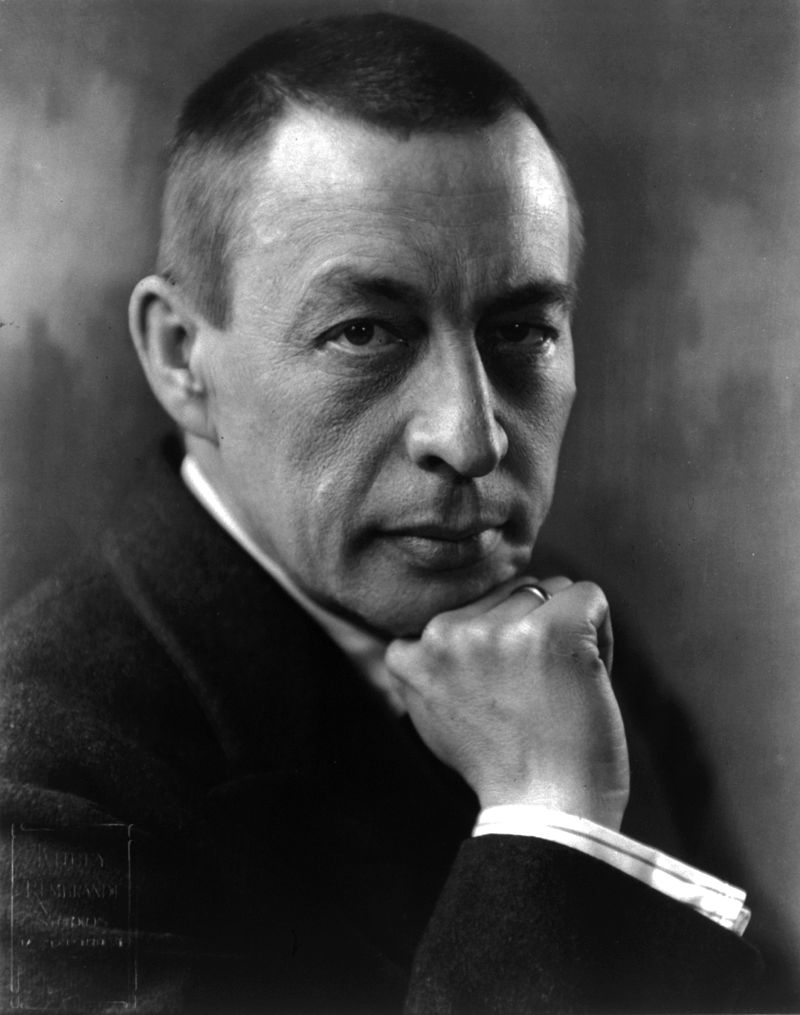
Rachmaninoff in 1921 (photographed by Kubey Rembrandt)
______________
for Barbara
a friend wrote today about memories of her
uncle, a violinist, insisting on the right
pronunciation of Rachmaninov, “with a soft
ch, as the c in cello. It drove my Dad crazy“,
she said, which led me in a response to both
his Second Piano Concerto, which she’d
specifically mentioned, and to what I
think is like comparing oracles with
oracles, his Third
it seemed a wonderful time to shed light
on some of the things I’ve been explaining
about Haydn
I spoke, even in a recent transmittal, about
the idea of extending tempi, from its
Classical four, to, through variations in a
single movement, more than four, and
found Haydn to be awkward, as he
experimented, unimpressive
listen to what Rachmaninov does, however,
in every movement here, take it from its
base through variations in tempi to leave
you reeling with emotion
the adagio, the middle movement, for
instance, starts off slowly, continues apace,
then finds itself embroiled in a whirlwind of
sentiment it finds difficult to control, before
returning, with a nearly audible sigh, to its
distressed slower, and defining, rhythm
there’s a story here, a narrative, and all the
permutations of a drama, a reckoning
watching also the performer, Cyprien Katsaris,
the soloist, and marvelling at the speed of his
fingers, I wondered, should a performer be
impeded by hir conductor, for not acquiescing
to untoward advances, for instance, a recently
significant consideration, raise the beat by one
point merely on the metronome, a novice might
be undone in a very minute, in a blur of
distraught acciaccaturas, arpeggios, and
discombobulated trills
a great player must consequently play the
piece in practice at a quicker pace to ensure
an immaculate, ever, presentation, the work
of a consummate, and immutable, artist
think about it, and watch, indeed marvel,
at this extraordinary performance
R ! chard
